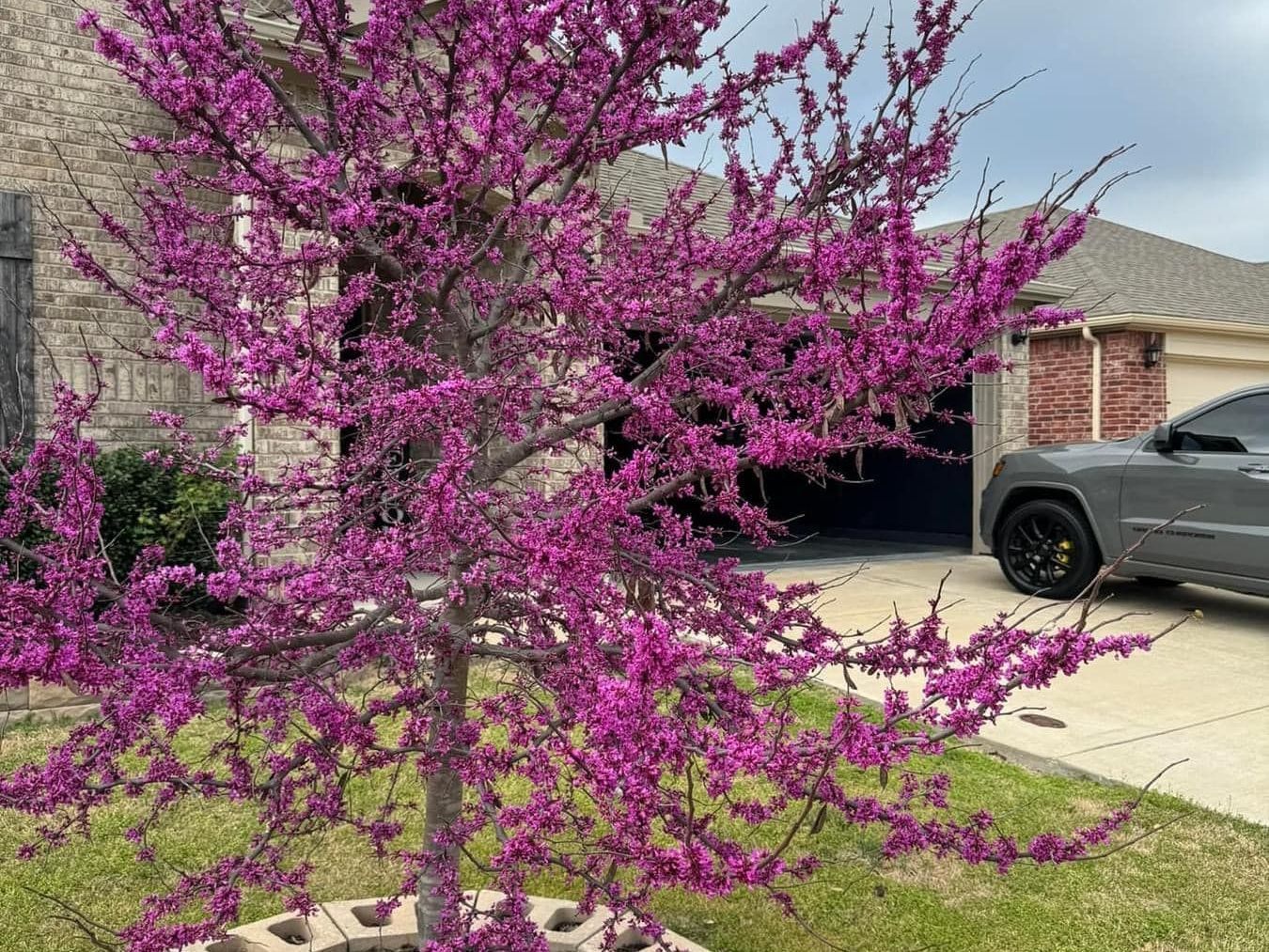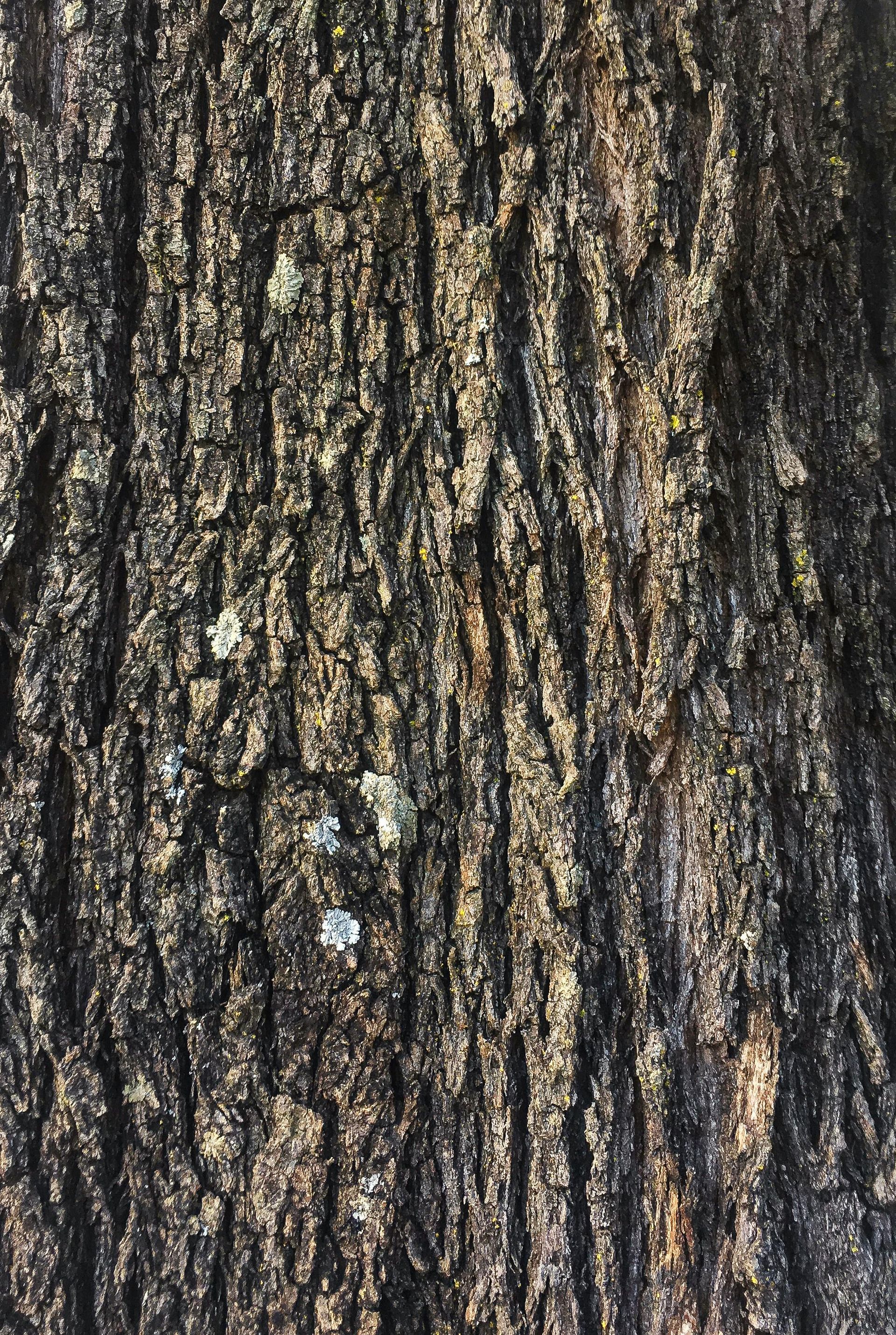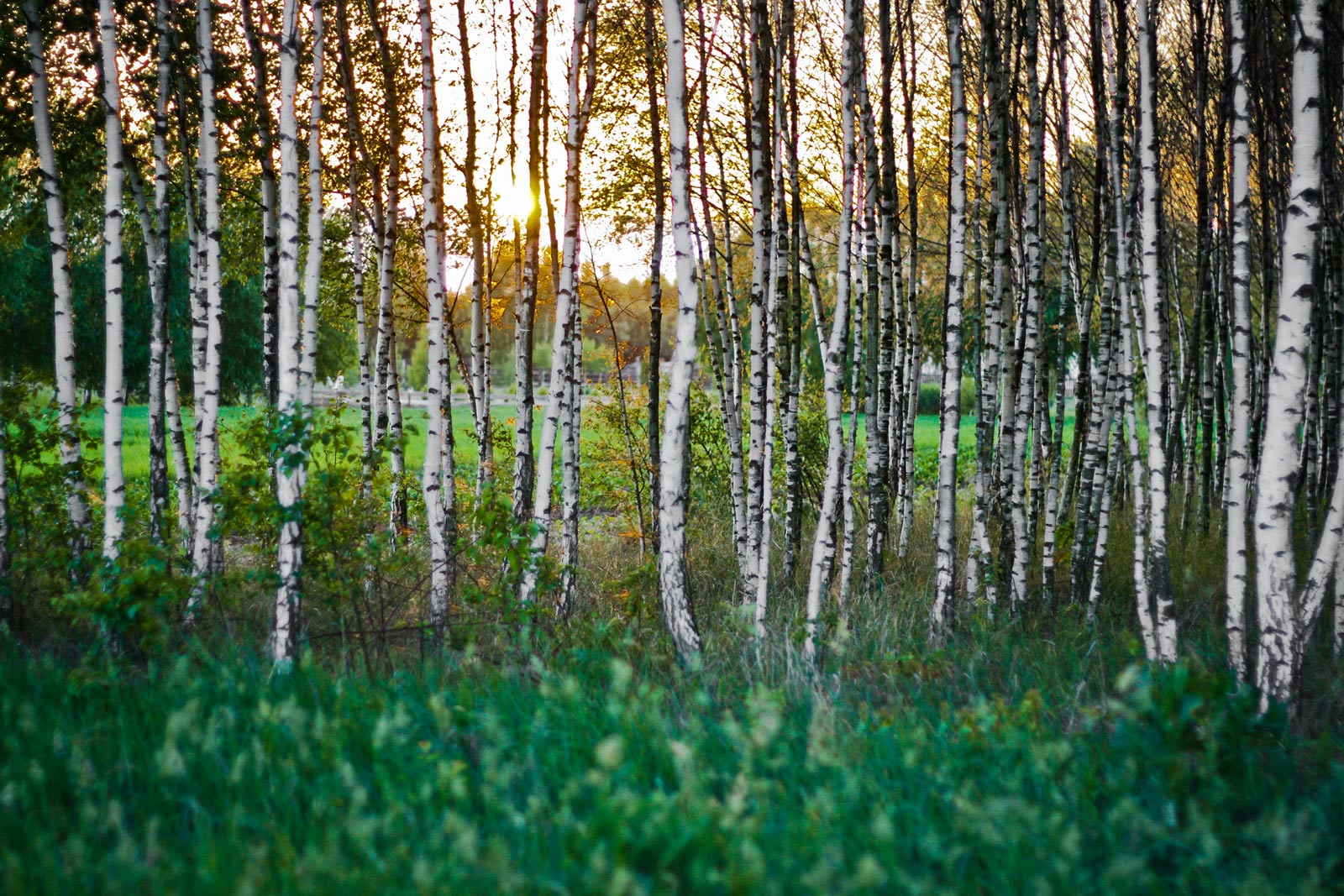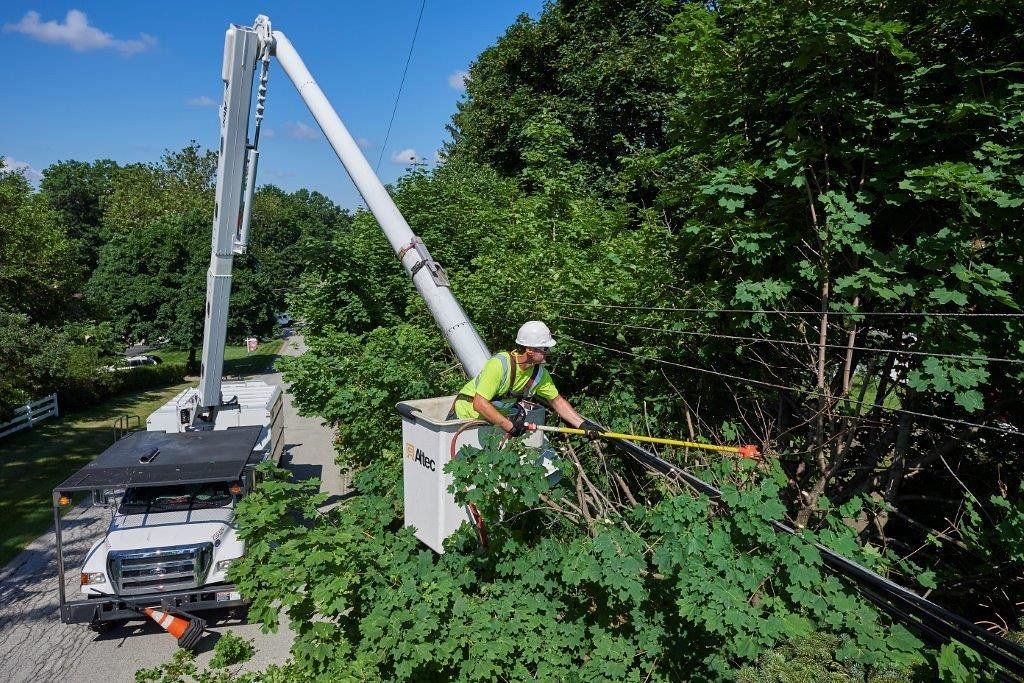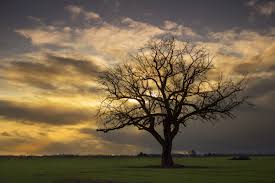Midland Tree Removal Blog
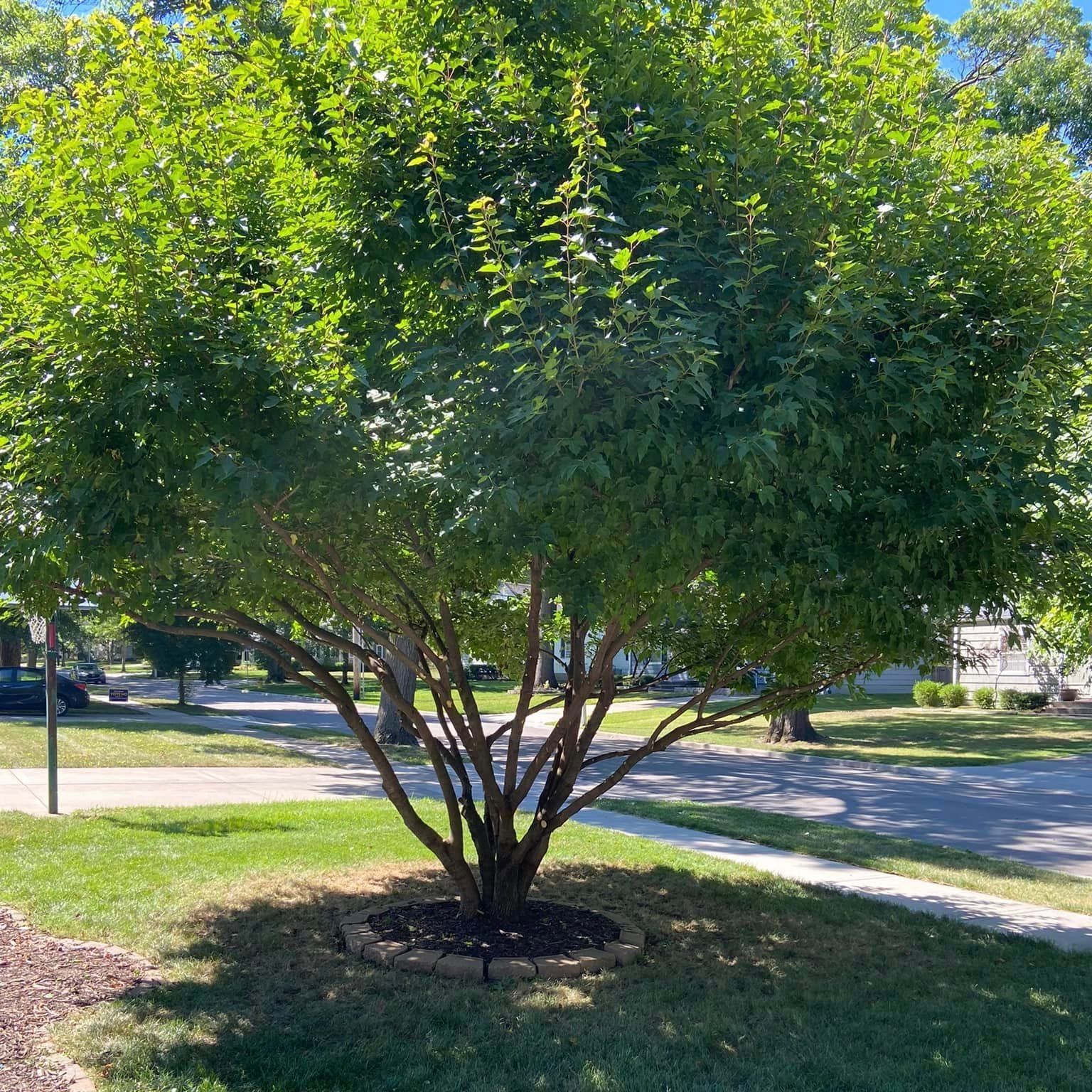
Tree trimming costs vary widely, typically from $50 to $1,700 per tree, depending on factors like tree type, size, and accessibility. Professional tree trimming services generally charge between $25 to $80 per hour for labor, with additional costs possible for tree health assessments, cleanup, and pest control. To save on tree trimming costs, consider trimming during the off-season, bundling services for multiple trees, and comparing quotes from several service providers.

The Essential Guide to Tree Pruning: When, How, and Why It's Necessary In the heart of Midland, Texas, where the sun blesses us with its presence almost year-round, the care and maintenance of our trees become not just a duty but a necessity. The health of your trees directly impacts the overall beauty, safety, and value of your property. That's why understanding the ins and outs of tree pruning is crucial for any homeowner or property manager. Pruning isn't just about maintaining the aesthetic appeal of your landscape; it's a vital practice ensuring your trees' safety, health, and longevity. In this comprehensive guide, we'll dive deep into the when, how, and why of tree pruning, drawing on insights and expertise to keep your Midland oasis thriving. Why Pruning Matters Before we get into the nitty-gritty of pruning techniques and timing, let's establish why pruning is indispensable. Health: Removing dead or diseased branches helps prevent the spreading of infections and pests. It also increases air circulation and sunlight penetration, essential for a tree's growth and health. Safety: Overgrown or dead branches can pose significant risks during Midland's unpredictable weather. Pruning ensures these hazards are mitigated, protecting your property and loved ones. Growth and Structure: Proper pruning techniques encourage the development of a strong tree structure and desirable form, promoting healthy growth and reducing the likelihood of damage during storms. Knowing When to Prune Timing is everything when it comes to pruning. While some general guidelines apply, it's essential to consider each tree species' specific needs and Midland, Texas's unique climate conditions. Late Winter to Early Spring: This is often the best time for pruning most trees. The dormant season encourages vigorous growth as the weather warms up. Plus, without leaves, it's easier to see the tree's structure and make informed pruning decisions. Summer: Pruning during the summer can be beneficial for correcting or directing the growth of branches. It's also an excellent time to remove limbs that might pose a hazard. After Blooming: For spring-blooming trees, wait until they have finished flowering to prune to ensure that next year's bloom is not affected. How to Prune Like a Pro Pruning might seem straightforward, but there's an art and science to it. Here are some pro tips to keep in mind: Use the Right Tools: Ensure your pruning tools are sharp and clean to make precise cuts and prevent the spread of disease. Make Clean Cuts: Cuts should be made outside the branch collar to promote healing. Avoid leaving stubs or cutting too close to the trunk. Follow the 1/3 and 1/4 Rules: Never remove more than 1/3 of a tree's crown in a single season, and try to keep lateral branches to 1/4 the diameter of the stem at the point of attachment. Common Pruning Mistakes to Avoid Even with the best intentions, it's easy to make mistakes. Here are some common pitfalls: Over-pruning: Removing too much foliage can stress the tree and lead to poor health or growth. Topping Trees: Cutting off the top of the tree can lead to structural problems and is not a recommended practice. Improper Timing: Pruning at the wrong time of year can expose trees to diseases or weather damage. Pruning for Different Tree Types Not all trees are created equal, especially in a diverse ecosystem like Midland's. Tailoring your approach based on the type of tree is essential for optimal results. Deciduous Trees: Focus on removing dead or diseased wood and thinning out crowded areas to improve form and structure. Evergreens often require less pruning but may benefit from occasional shaping and removing dead branches. Professional Pruning Services While DIY pruning is possible for smaller tasks, large or complex projects often require the expertise of professionals. A reputable tree service company in Midland, Texas, can provide the knowledge, equipment, and experience to ensure your trees are pruned safely and effectively. Conclusion Tree pruning is a critical component of landscape maintenance, offering benefits far beyond the visual appeal. By understanding the when, how, and why of pruning, you can ensure the health, safety, and beauty of your trees for years to come.
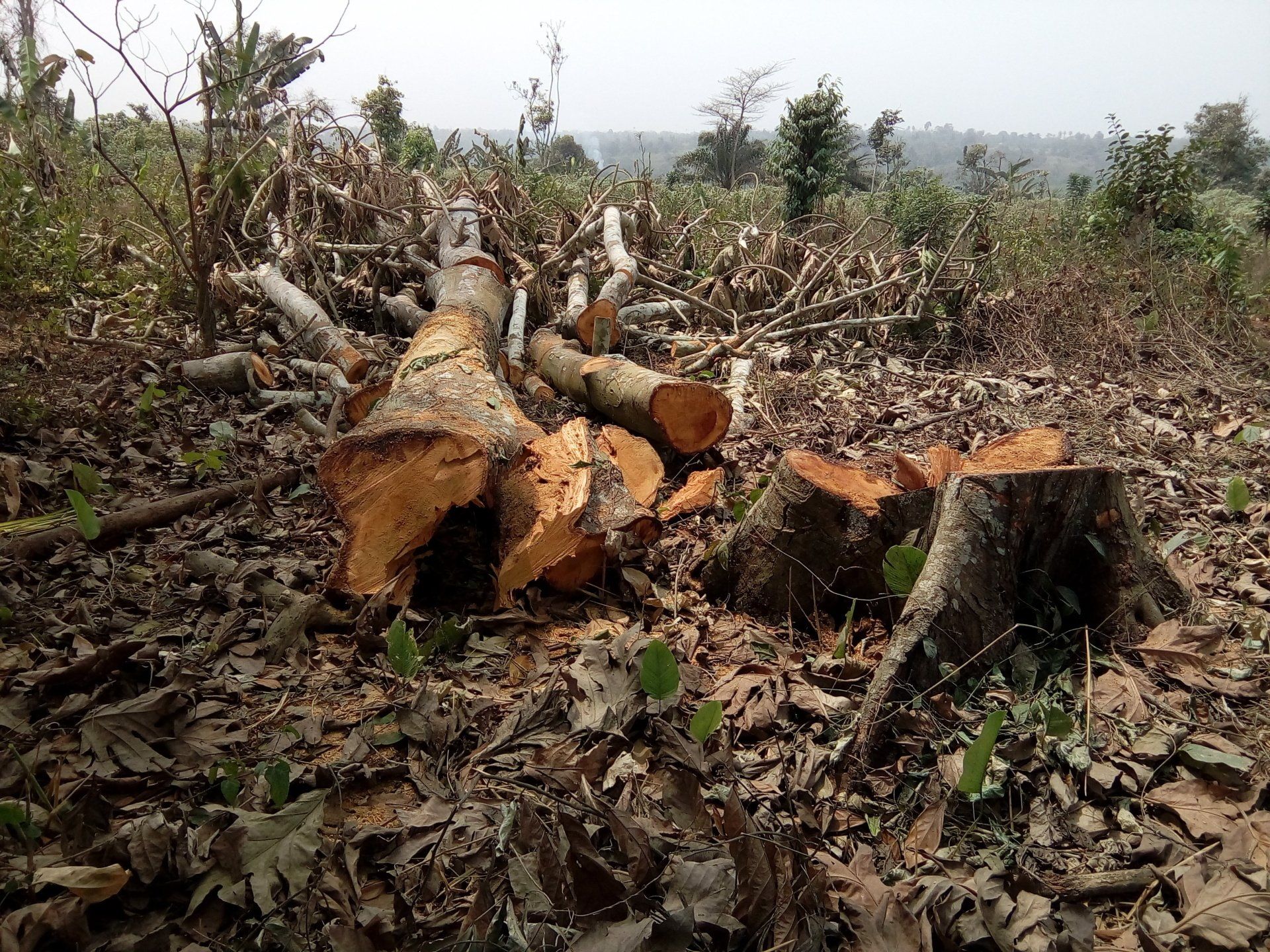
How Much Should Tree Trimming Cost? Tree trimming costs vary greatly, but a few factors may play a role. First, what type of tree is it? The kind of tree you have may directly impact the cost of trimming, as not all trees have straight branches or are easily accessible. The type of tree also affects the price, as very tall trees can be tough to trim, like a crepe myrtle. Here's how to estimate the cost for your specific situation. Tree Inspection If you're planning a yard makeover or want to trim the trees around your property, determining how much tree trimming will cost is a vital first step. Depending on the size of your trees and how extensive your requirements are, you could spend anywhere from $75 to $300 for an essential service. More giant trees, however, require specialized equipment and specialized care. The average price of tree trimming ranges from $600 to $1,800. Different projects have different needs and expectations, so know the details before selecting a contractor. Accessibility is another factor that determines how much your tree trimming service will charge. The price will be higher if the trimming crew has to hike up the tree or drive through a tough neighborhood to access your property. Extra services may be necessary if your trees are ailing, such as root pruning or pest spraying. If you're hiring more than one service, you can also ask for a price break if you have more than one tree in your yard. When looking for a tree trimming company, getting more than one estimate from multiple service providers is essential. Be sure to get references for each service, as these can help you choose the best one for your needs. Make sure you ask about group discounts, as well. Remember, prices are higher during the spring, summer, and early fall, so it's best to get several quotes. Doing this can also help you save money, especially if you need several trees cut. Tree Size and Type The size and type of tree you have may determine how much tree trimming should cost. Smaller trees may cost between $75 and $300. However, more giant trees may require heavy equipment and specialized professionals. This will increase the overall cost of tree trimming. Depending on the size and type of tree, trimming the most prominent trees can cost anywhere from $600 to $1,800. These costs can vary greatly depending on the complexity of the project and the expectations you have for the service. The cost of a tree trimming service varies greatly depending on the size of the tree and its condition. An enormous tree will require more expertise, special equipment, and enhanced safety measures. More giant trees will need a crane or platform lift to reach the highest parts of the tree. The more complicated the tree to access, the higher the price. Likewise, more giant trees may require more labor than smaller trees. The cost of tree trimming services may vary by season, so it's essential to compare several quotes before making a final decision. Some companies offer lower rates during the off-season, such as late winter or early spring. Tree trimming professionals also charge less during these seasons because the trees are dormant. It is easiest to prune trees that are dormant during the winter season. This helps keep them in shape and enables them to make the necessary changes without damaging the tree. On the other hand, spring-flowering trees should be left until after blooming. Time of Year The time of year to trim trees will vary based on the type and the results you are looking for. For example, the best time to prune a tree in winter is when the leaves aren't on it. Arborists can tell a live branch from a dead one even when no leaves are observed. And there's less chance of disease or pest infestation during the winter months. The winter season is also an excellent time to prune evergreen trees. The best time to prune a tree is early spring or late winter, depending on the type and location of the tree. The best time for tree trimming is before the tree blooms, as the leaves make it challenging to identify weak branches. However, if the tree is in full color in spring, summer pruning will encourage flower buds to form on the remaining limbs. Pruning during the winter will also reduce the risk of fruit production and prevent a messy mess. Fall is the worst time to prune a tree. Trees in this stage will drop a large amount of sap. The sap is harmless, and pruning in the winter can significantly reduce the number of fluid drips from the cut. Other trees, however, can be pruned anytime. Arborists recommend that dormant pruning is done during the winter months to ensure that new growth does not develop in the tree. Also, fall is a great time to winterize perennials and rake autumn leaves. Number of Trees Many factors affect the cost of tree trimming services. While most of the time, tree size is the most crucial factor, the risk of injury and damage to the property can be minimized by trimming a smaller tree. The bigger the tree, the larger the bill will be since it will require more labor, equipment, and risk than a smaller one. It would help if you also considered the distance from your property when hiring a tree service. Accessibility to the tree and the number of trees on the property are two significant factors determining the total cost of a tree trimming service. If the crew cannot reach the tree or it is too tall, it will increase the overall price. Trees with problematic access may require additional labor or equipment, such as a ladder or bucket truck. Additionally, trees that are damaged or infested by pests may require more extensive work. Small trees are the easiest to trim and require minimal equipment. However, smaller trees will usually cost between $75 and $400, depending on the size and difficulty. If you're considering hiring a tree service for small trees, you can use Costimate to get an estimate. This website includes user-submitted costs and other related cost estimates. On average, trees up to 30 feet will cost you between $40 and $400, but more giant trees will cost more. The health of the tree How much should tree trimming cost? Depending on the size and shape of your trees, they can vary significantly. Small trees can cost around $75 to $300 to have cut. On the other hand, more giant trees may require heavy equipment and specialized professionals to do the job. And if your tree is more than 50 feet tall, you may have to pay up to $1,800. Each project will require a different amount, depending on the complexity of the tree and the work needed to get the job done. It is also essential to keep in mind that trimming the trees close to power lines might require a permit. While these permits are rare, they are required in some municipalities. Again, using a professional tree service will ensure the job gets done correctly and results in the desired outcome. You can also use the branches that fall from the trees as firewood. In most cases, tree trimming companies include these fees in the price quote. One factor that can influence the cost of tree trimming is the difficulty of access. The closer the trees are to structures, the more difficult it is to access them. It will require special equipment and ropes to lower large limbs without damaging the structures or plantings below. Likewise, if the tree falls within a few feet of a building or a fence, the costs will be higher. The presence of pests can also increase the cost of trimming a tree. Problems such as wood-peckers will indicate that your tree is unhealthy on the inside. Emerald ash borers can destroy even healthy trees. Accessibility If you want to save money on tree trimming, you should pay attention to the accessibility of your property. Hard-to-reach trees can raise the price of the tree trimming service by 25 to 50 percent. For example, a large limb might have to be lowered manually with rope to protect buildings and plantings below it. The final bill will reflect the time and effort to reduce such a tree. In addition, you can't use a platform lift or bucket truck on trees with difficult access. Adding labor to reach the tree is risky and will increase the service cost.

